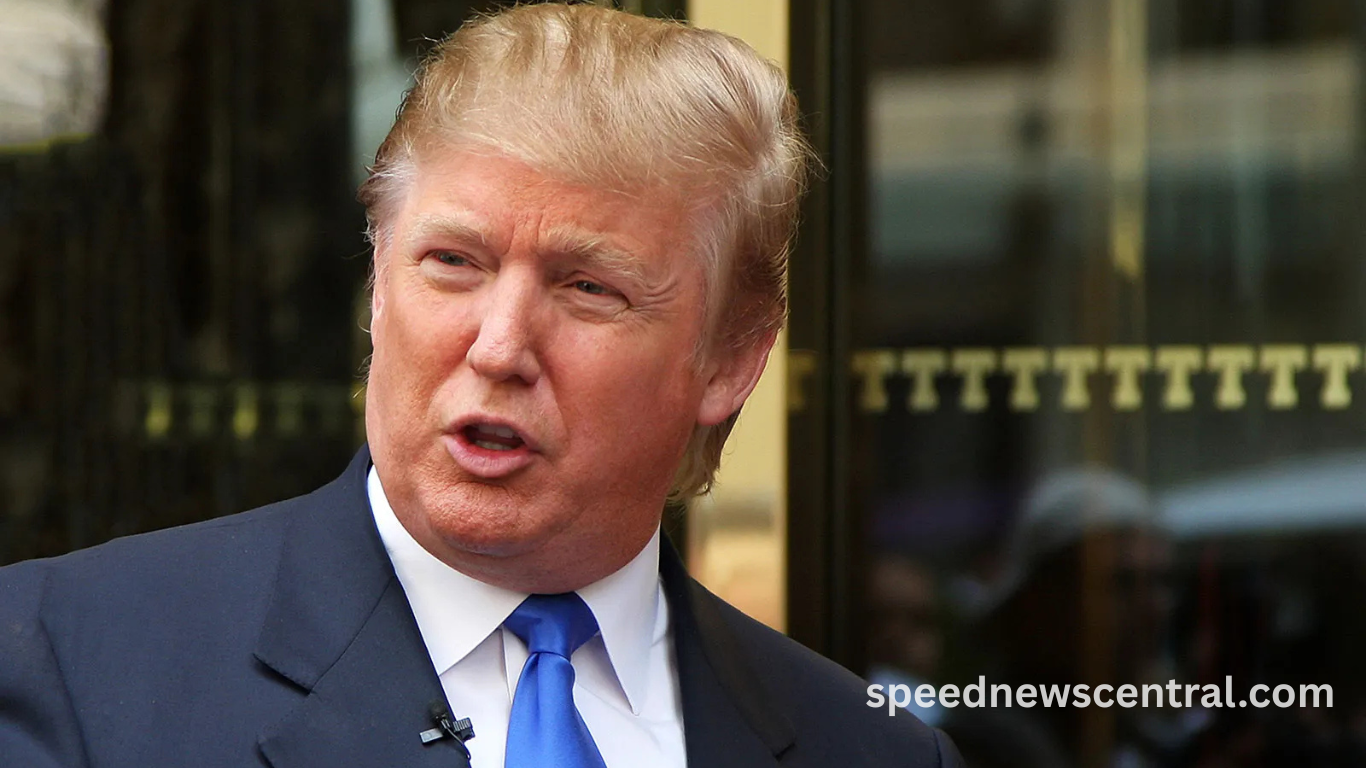Hollywood has long been synonymous with the glamour of movie-making, but in recent decades, the industry’s center of gravity has shifted. Soaring production costs, lucrative tax incentives abroad, and global filming trends led many studios to take their projects overseas. As a result, America—once the world’s dominant production hub—saw a significant drop in domestic film shoots. By the mid-2010s, it wasn’t uncommon to find “American” blockbusters filmed in Canada, Eastern Europe, or New Zealand.
When Donald Trump took office in 2017, many in Hollywood cautiously hoped his “America First” agenda might include a revival of domestic film production. The logic was simple: more movies made in the U.S. meant more jobs for actors, crew, and service industries. But what happened instead was far from the renaissance the industry envisioned. Trump’s cultural politics, regulatory shifts, and international rhetoric reshaped the film landscape—just not in the way Hollywood had anticipated.
Trump’s America First Agenda and Its Unexpected Effects on Film
Trump’s promise to reinvigorate American industry naturally extended to sectors like entertainment. But instead of supportive subsidies or production incentives, his policies led to trade uncertainties and cultural backlash. The administration’s hardline immigration stance and nationalistic tone fostered tensions that made collaboration with global talent more challenging, impacting co-productions and international casting.
International Talent and Production Partners Grew Wary
Hollywood relies on a global network of talent and production resources. Trump’s travel bans and tightening visa processes created roadblocks for international actors, directors, and crew. These limitations deterred studios from planning cross-border shoots in the U.S., thereby discouraging international collaboration that once made American studios magnets for foreign investment.
Tax Incentives and State-Level Policy Mismatches
While states like Georgia and New Mexico maintained robust tax breaks, the federal government under Trump did little to support a nationwide incentive plan. This caused uneven growth across the country. Some states flourished, but others saw production dwindle. A lack of cohesive policy support at the national level left Hollywood with a fragmented map of opportunity.
Political Rhetoric Alienated Hollywood’s Creative Community
Hollywood is known for its progressive leanings, while Trump’s administration championed conservative cultural values. The ideological clash wasn’t just philosophical—it translated into strained relationships between the White House and the film community. Some creators feared federal pushback for expressing political views through art, leading to a chilling effect on certain types of storytelling.
Increased Censorship Fears in a Politicized Environment
Content creators became more cautious under Trump, particularly regarding politically charged topics. Filmmakers worried about funding, distribution, and backlash. The fear of federal scrutiny or public condemnation led some projects to self-censor or shift away from bold narratives, stifling the creativity that drives American cinema’s global influence.
Rise of Streaming and Global Platforms as Alternatives
As domestic production hurdles grew, streaming giants like Netflix and Amazon expanded their international studios. These platforms prioritized global content strategies, often bypassing traditional Hollywood systems. Filmmakers looking for creative freedom and international audiences found more appealing opportunities outside the U.S., further reducing the appeal of domestic shoots.
Shift in Hollywood’s Political Activism and Messaging
Trump’s presidency galvanized many within Hollywood to become more politically active. Awards shows became platforms for social and political commentary. While this activism raised awareness and visibility, it also deepened divisions and risked alienating segments of the domestic audience who felt increasingly polarized by politicized content.
Hollywood’s Long-Term Strategy Beyond Trump
Hollywood is reevaluating its production strategy post-Trump. There’s renewed interest in sustainable filmmaking, diversity in storytelling, and rebuilding international bridges. While Trump’s tenure left a complex legacy, it also spurred an industry-wide reflection on the values and systems that guide American film production.
Frequently Asked Questions
Did Trump bring film production back to the U.S.?
Not significantly. While some production remained or returned to U.S. soil, the broader trends favored international shoots due to better incentives and less political friction.
Why did Hollywood expect Trump to support domestic production?
His “America First” platform implied support for domestic industry, leading many to hope for national tax incentives and protective trade policies.
How did Trump’s immigration policy affect Hollywood?
Stricter visa regulations and travel bans made it difficult for international talent to work on U.S.-based productions.
Did states like Georgia benefit from Trump’s era?
Yes, Georgia’s state-level tax incentives continued to attract production, but this was largely independent of federal support.
How did the political climate affect film content?
Filmmakers became cautious about addressing controversial topics, fearing backlash or loss of support.
What role did streaming services play during Trump’s presidency?
Streaming services filled the gap by offering international platforms and creative freedom, becoming more attractive than traditional studios.
Was there any federal support for the film during Trump’s term?
Little to none. The administration did not establish significant national initiatives to promote film production.
How is Hollywood adapting after Trump?
The industry is focusing on inclusive storytelling, international collaboration, and environmental sustainability to future-proof its operations.
Conclusion
Trump’s presidency didn’t deliver the film industry revival Hollywood had envisioned. Instead, it highlighted vulnerabilities in production systems and drove creatives toward global alternatives. The experience has prompted a reassessment of Hollywood’s priorities and partnerships moving forward. For filmmakers and studios alike, the challenge now is to rebuild with greater purpose and unity.

